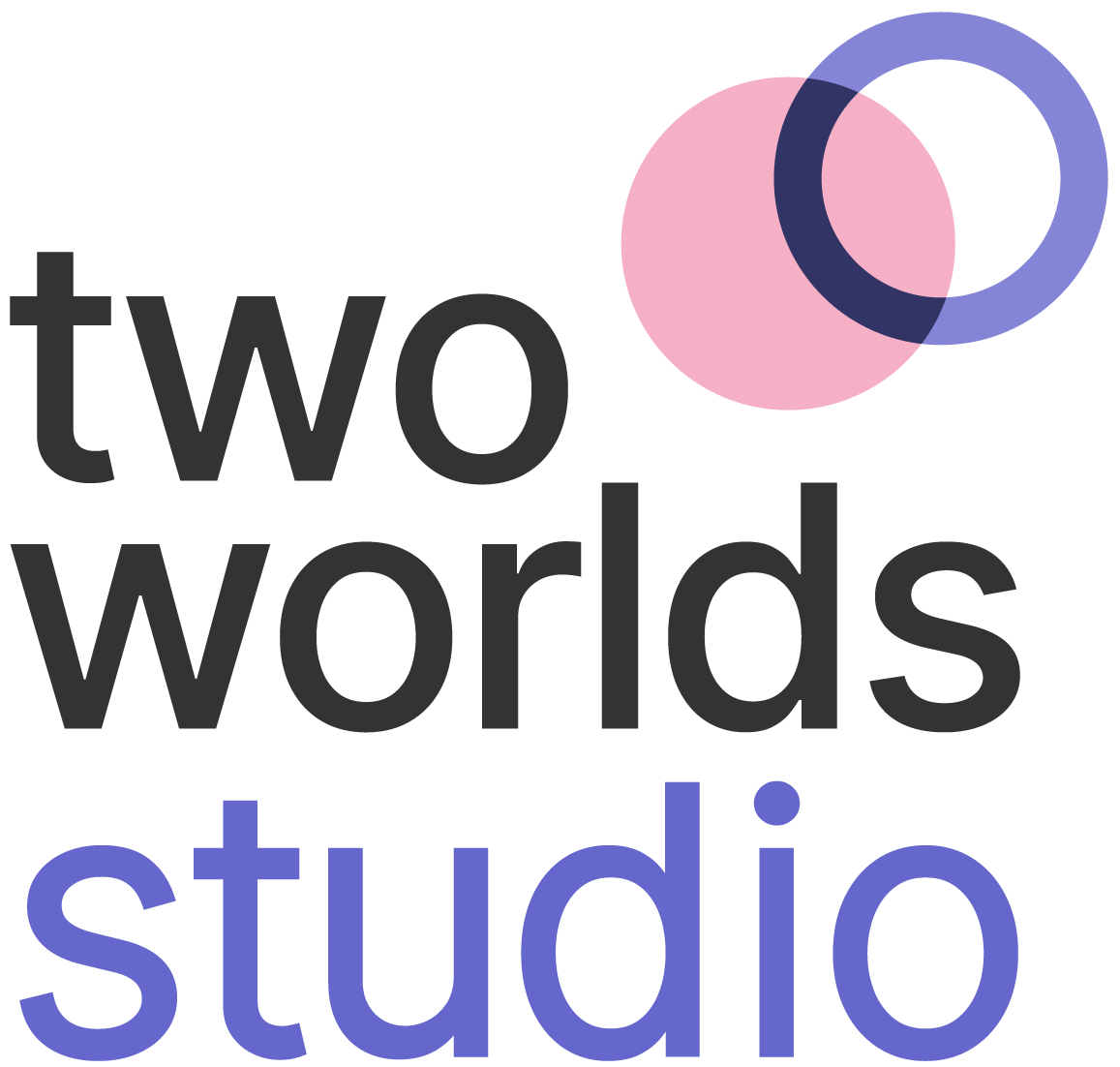
AVATARS
Exporting layers
Get export scriptNow that we’ve defined all the features for the avatar, we can start creating our poses. The first step for that is to export the layers from our source file. There are 3 things to consider when preparing your avatar file for export.
- You need to have two separate groups or smart objects for the head and body features
- Use groups for features that have more than one variation or colour. Name the group with the name of the feature. For features that only have variations, like the nose and mouth in our case, make sure that each variation is numbered, starting from 1. For features that have both multiple colours and multiple variations, like the hair in our case, create numbered groups for each variation, starting with 1. Within each group, have individual layers for every colour of that feature. Name each colour however you want, but make sure you are consistent across variations and source files.
- We recommend using a tool for quick export like the script we’ll be using in this tutorial. But if you’d rather export the layers manually, it’s important to note that all layers representing features for the head must be saved at the same width and height. If we’re saving the hat for example, we must save it with all the transparent space to the left, right and bottom. Same logic applies to all the body features.
Great, now that we’ve set the best practice for preparing the layers for export, it’s time to actually export the files. For this we’ll be using an open source Photoshop script that’s free to download. Follow the link under the video to get it for yourself and use the simple instructions to install it. You can run the script from File -> Scripts or assign it a shortcut.
We start by choosing the output destination, we’ve created a folder already. For “Export” select “All Layers” and uncheck “Visible Only” to make sure everything is exported. For the “Filenames”, choose “Use layer and parent group names”. For “Output options” select “Top Groups as Folders”. Finally, in the “Export as” section, select “PNG-24” and tick the “Transparency” box. Now we’re ready to press the “Run” button. It’s super quick and all the layers will be saved and grouped in our destination folder.
Let’s open the output folder - all the features have been saved - and we’ve got separate folders for each feature, with a consistent filename structure for all the layers. This will make it very easy to import into the two worlds studio.